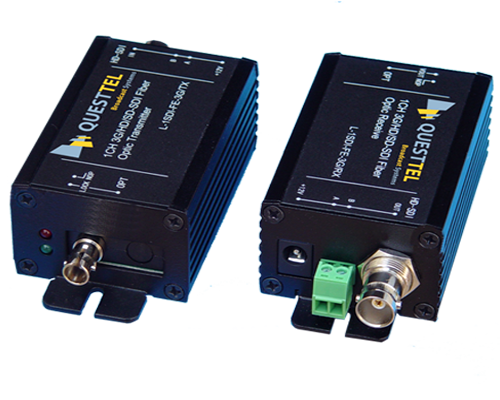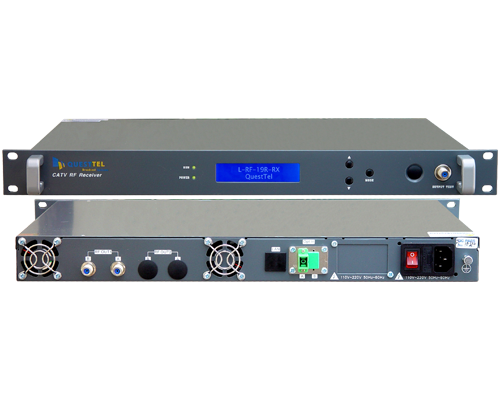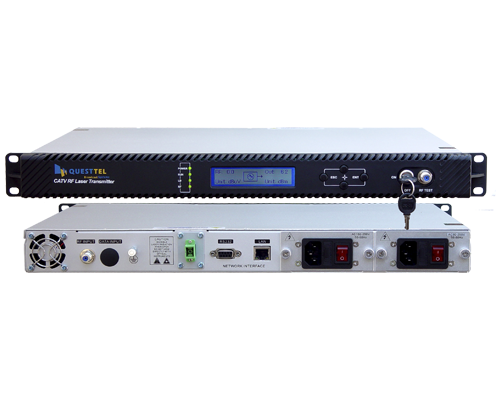How Reflections in Optical Fiber affect Bit Rate
Optical network speed is increasing. Data carrying capacity of the links are increasing. Optical fiber is capable to carry enormous amounts of data, that it is difficult for common man to imagine.The capacity of an optical fiber to carry information has been utilized effectively with the introduction of wavelength division multiplexing.
Abbreviated as WDM, the wavelength division multiplexing allows different wavelengths to travel along a single fiber. This helps telecom operators to save substantial amount of money and time by not being necessary to install new fiber cables when the traffic increases in an existing network. Dense wavelength division multiplexing, DWDM uses the 1550nm wavelength region of the fiber, where attenuation is lower relatively compared to the 1310nm region.
High bit rate transmission has reached to 100 Gbps and above. Telecom operators worldwide are switching over to 100Gbps transmission, while research for still higher rates are in progress at many parts of the world. High bit rate DWDM transmission has many issues posed from the already existing optical networks. One of the major threats come from the reflections.
Reflections in an optical fiber link can occur from a splice location, connectors, equipments and or terminations etc. The total light reflected back to the laser source should be kept at minimum level to assure a stable output light. The light reflected back is known as optical return loss in the industry represented by the abbreviation ORL. ORL includes the back-scattered light. Reflection from a terminated fiber and a non-terminated fiber differ much in the quantity of reflected light. A non-terminated end reflects much light back to the source. In practical cases, an optical network is terminated at the optical distribution frame or at the termination box. Hence, while measuring optical return loss the end of the fiber under test is wrapped on a mandrel to cut the end reflection. Wrapping the fiber end practically kills the reflection at the fiber to air medium change location. The reflection at this location is called Fresnel reflection.
An optical isolator is placed after the light source that effectively removes the returned light before reaching the light source. Back-reflected light could be up to -27dB for DWDM transmission as per ITU-T standards. Note that current ITU-T standards for WDM and DWDM deal up to 40Gbps transmissions. The standards for 80G, 100G and above are yet to be published.
High bit rate DWDM transmission is sensitive to the optical return loss. Returned light back to the laser source cavity un-balances the stability of the laser output light by interfering with it. This is like the water that tries to flow backwards reduce the speed of forward flowing water. However small it is, there will be a negative effect on the speed of the forward flowing water. Similarly the photons in the back reflected light cause disturbance to photons in the forward moving light.
Connectors used in an optical fiber cable link become dirty after exposure to the environments. Reflections from the dirty connectors and the connections at the equipments used in the link are predominant reasons for high reflections in an optical network. Generally the effect of attenuation is relatively lower for longer links. Backscattered light again scatters on its way back to the source. Studies reveal that the effect of attenuation on total ORL after 40km of the link length issame for the terminated and non-terminated fibers. This indicates the Fresnel reflection does not reach to the source for links longer than 40km.
QuestTel shall have no liability for any error or damage of any kind resulting from the use of this document.



